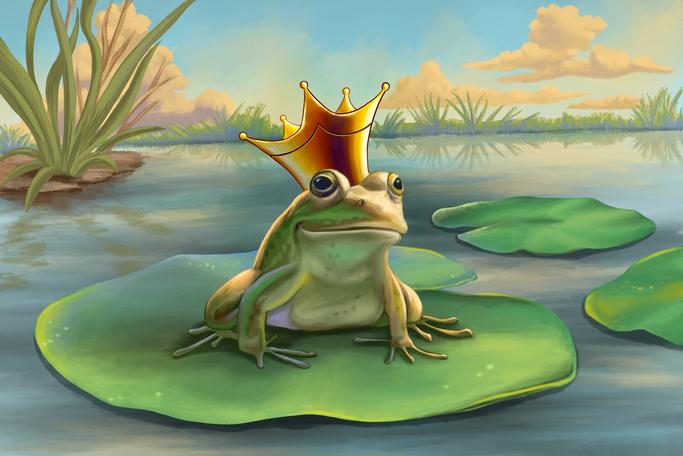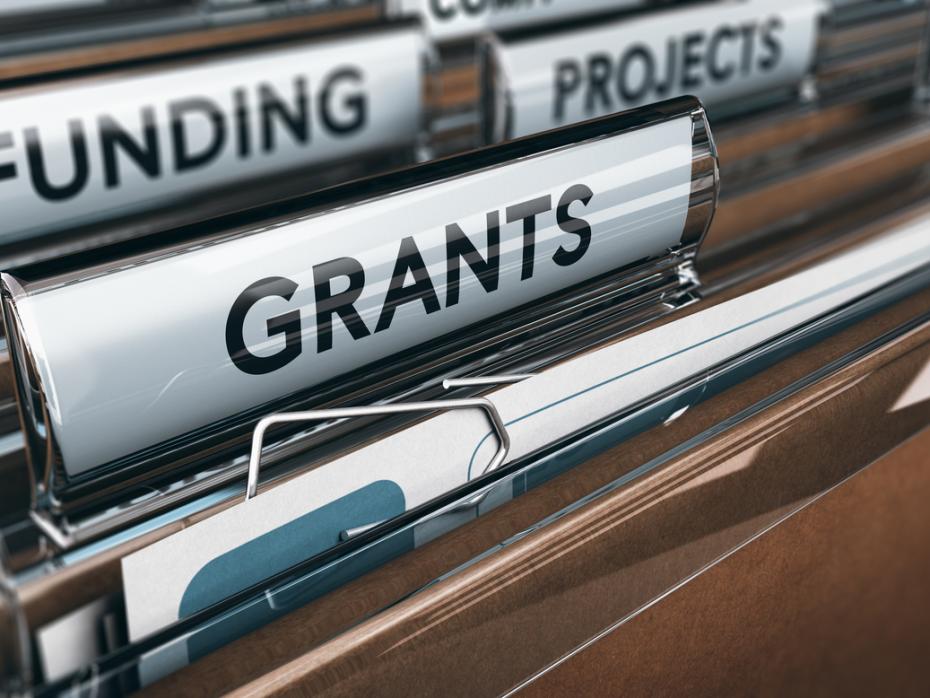In today’s academic environment, external funding determines whether ideas can be tested, refined and translated into practical applications and technologies, and whether research groups can sustain long-term activity.
At our university, researchers regularly compete for funding from the Science Committee of the Ministry of Science and Higher Education of the Republic of Kazakhstan. They can be both a pathway to opportunity and a high-stakes test of clarity, planning and research excellence.
- All together now: how to write an interdisciplinary research proposal
- How to lose a grant in 10 ways
- A guide to writing grant proposals
Based on our experience, we share lessons that can make a meaningful difference when preparing grant proposals to win government funding, anywhere in the world.
Understanding the funding landscape
National funding in Kazakhstan is structured into three main streams, each serving a distinct purpose.
- Young Researcher funding supports early-career scientists (aged 40 and below) in establishing their independence and building research leadership.
- General Project funding provides opportunities for researchers at all stages to pursue fundamental or applied studies that advance scientific knowledge and practical solutions.
- Target Program funding supports larger, mission-driven initiatives that directly address Kazakhstan’s national strategies and long-term priorities.
Although designed for different purposes and scales, the evaluation criteria are broadly similar: novelty, significance, feasibility and alignment with national priorities. Strong proposals present each of these clearly, giving reviewers a complete and convincing picture.
Emphasising novelty and national relevance
Within the evaluation criteria, three aspects consistently carry particular weight:
1. Scientific novelty and significance: Reviewers are not convinced by the repetition of existing knowledge. What they look for is evidence of how the project pushes boundaries, whether through a new method, a fresh combination of approaches or a question that has not yet been addressed. A rigorous literature review is essential to position the proposal against the internationally recognised frontier of knowledge and methods in the field, and to demonstrate where and how it makes a genuine contribution.
2. National significance: Even technically strong proposals can fail if they do not show local relevance. The best applications demonstrate how research contributes to national priorities such as energy transition, environmental management, healthcare or digital development. Proposals that link scientific advances to tangible benefits for Kazakhstan’s economy, industries or society carry much greater weight. Funding agencies in many countries expect applicants to show how their research aligns with national or regional priorities. For example, the EU’s Horizon Europe missions and China’s “dual carbon” strategy all set clear directions for research funding. Researchers everywhere can benefit from identifying their own national priorities and tailoring their proposals accordingly, to remain competitive in securing national funding.
3. Broader impact and sustainability: Beyond novelty and national fit, funders increasingly want to see how the outcomes of a project will generate lasting benefits. This includes measurable contributions to industry competitiveness, technology transfer, policy development or capacity building. Strong proposals articulate clear pathways from research outputs to long-term impacts, whether through commercialisation, partnerships with government or business, or training the next generation of researchers. Demonstrating sustainability and scalability reassures reviewers that the project will continue to deliver value beyond its initial funding period.
Calendar plan as the project roadmap
Perhaps the most underestimated element of any proposal is the calendar plan. Too often, it is treated as a perfunctory table at the end of the document, when in fact it is the roadmap of the entire project.
We often encourage researchers to develop the calendar plan first. Starting here forces applicants to translate big ideas into concrete steps, clarify what is feasible within the project time frame, and think through resource allocation and risk management early on. In this way, the plan becomes a tool for shaping the entire proposal, not just documenting it.
The importance of the calendar plan continues after funding is awarded. Progress reports are measured against the approved calendar plan, which remains the benchmark for accountability throughout the project. Done well, the plan reassures funders that the project is not only imaginative but also executable, serving as both a management tool for the research team and a communication device for reviewers.
Budgeting as a strategy
A budget is more than numbers; it is a strategic reflection of the calendar plan. It demonstrates to reviewers how each item supports a milestone: equipment linked to tasks, travel tied to collaboration and dissemination costs connected to impact. When the budget and calendar plan are aligned, they signal feasibility, transparency and careful planning.
Building teams and collaborations
Strong proposals rarely emerge from isolated efforts. The credibility of the research team is a central factor in evaluation. Successful applications highlight complementary expertise within the team and often gain additional strength from cross-disciplinary or international collaboration.
We encourage early-career applicants to seek mentorship, while larger-scale projects benefit from partnerships that connect academic strengths with industrial or societal stakeholders. Such collaborations increase feasibility and expand the project’s potential impact.
Risk management
Every ambitious project will face uncertainties, whether technical, logistical or financial. Strong proposals acknowledge these risks openly and provide clear mitigation strategies. Building contingency steps into the calendar plan, such as backup methods, alternative suppliers or flexible timelines, reassures funders that the project is not only innovative but also resilient.
Learning from rejection
Rejection is an inevitable part of competitive funding, and Kazakhstan’s grant landscape is no exception. The most productive response is to treat feedback as a valuable resource. Some of the most successful projects are the result of second or third submissions, each time strengthened by careful revision and sharper focus. In many cases, it is this willingness to learn, adapt and persist that ultimately determines successful grant funding.
Managing time and deadlines
Writing a strong proposal takes time and multiple iterations. The most effective applicants begin drafting early and set an internal deadline at least a week before the official submission date. This buffer allows for careful revisions, unexpected delays and last-minute feedback. In competitive funding environments, that extra week can be the difference between a rushed submission and one that stands out as well crafted, competitive and fundable.
Grant writing should not be treated as a game of chance. Instead, it is an exercise in sharpening ideas, demonstrating their value and aligning them with real needs. Proposals that emphasise novelty, national relevance and careful planning do more than secure funding – they create the foundation for projects with lasting impact.
For Kazakhstan, disciplined grant writing is part of building a sustainable research culture – one that contributes to global knowledge while addressing pressing national priorities in energy, health, environment and technology. For individual researchers, strong proposal skills are an investment in long-term career growth. For the country, they are a step toward ensuring that science and innovation deliver tangible benefits to society.
Ultimately, the true value of grant writing lies not in the document itself, but in the discoveries, innovations and societal benefits of the research it enables.
Yanwei Wang is associate professor and head of laboratory of computational materials science; Baktiyar Soltabayev is head of laboratory of advanced sensors, and Zhumabay Bakenov is professor, director of the Center for Energy and Advanced Materials Science, and acting vice-provost for research and innovation, all at Nazarbayev University.
If you would like advice and insight from academics and university staff delivered direct to your inbox each week, sign up for the Campus newsletter.




comment